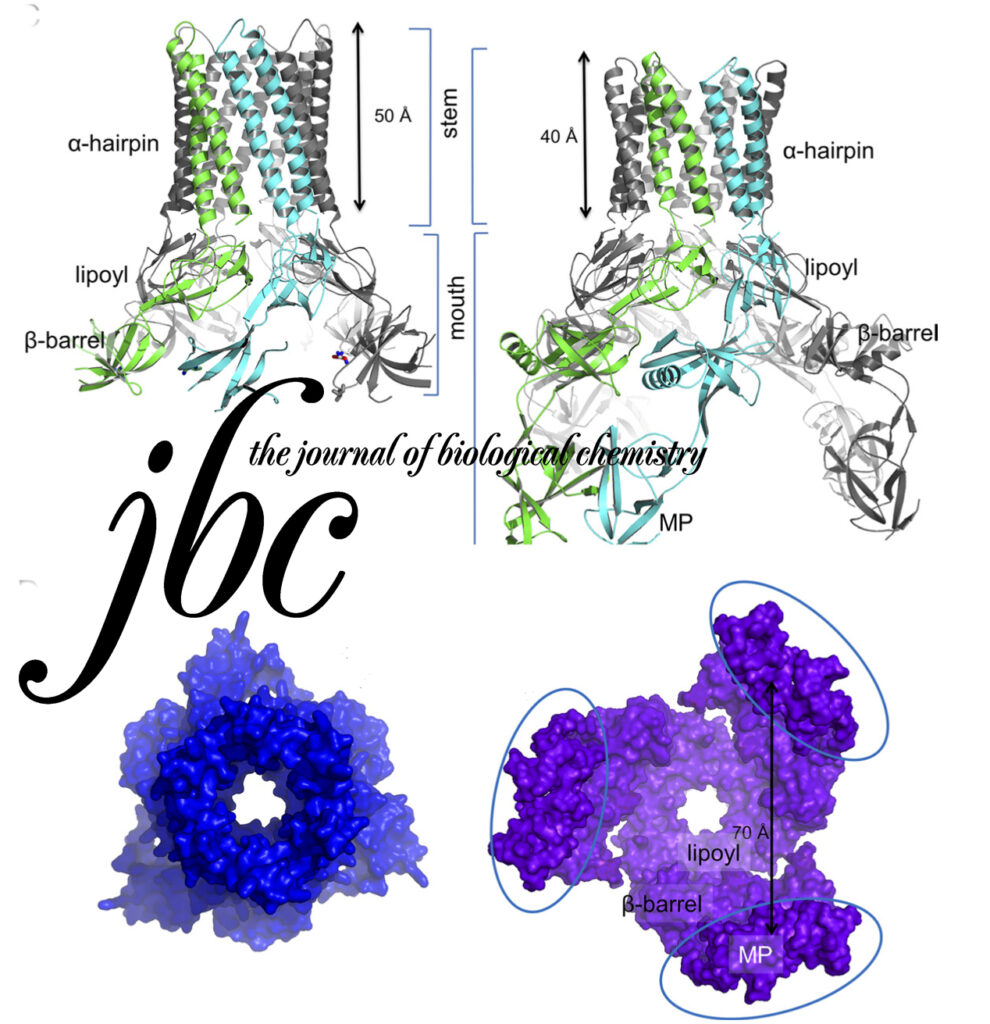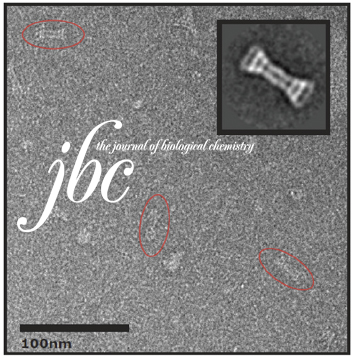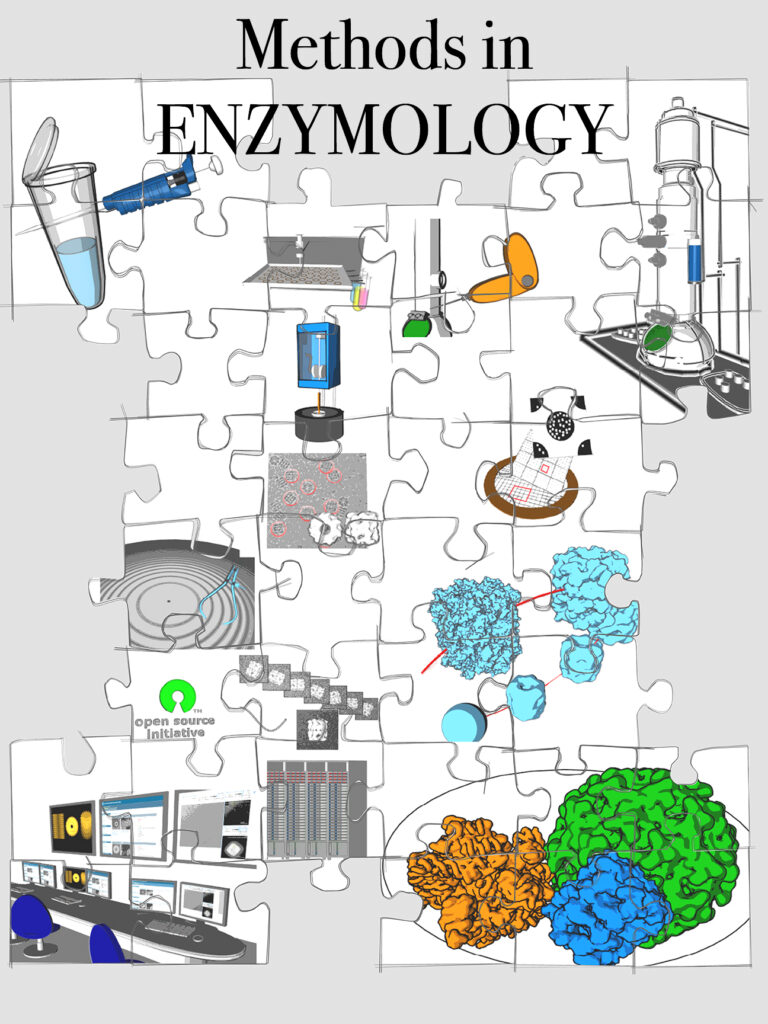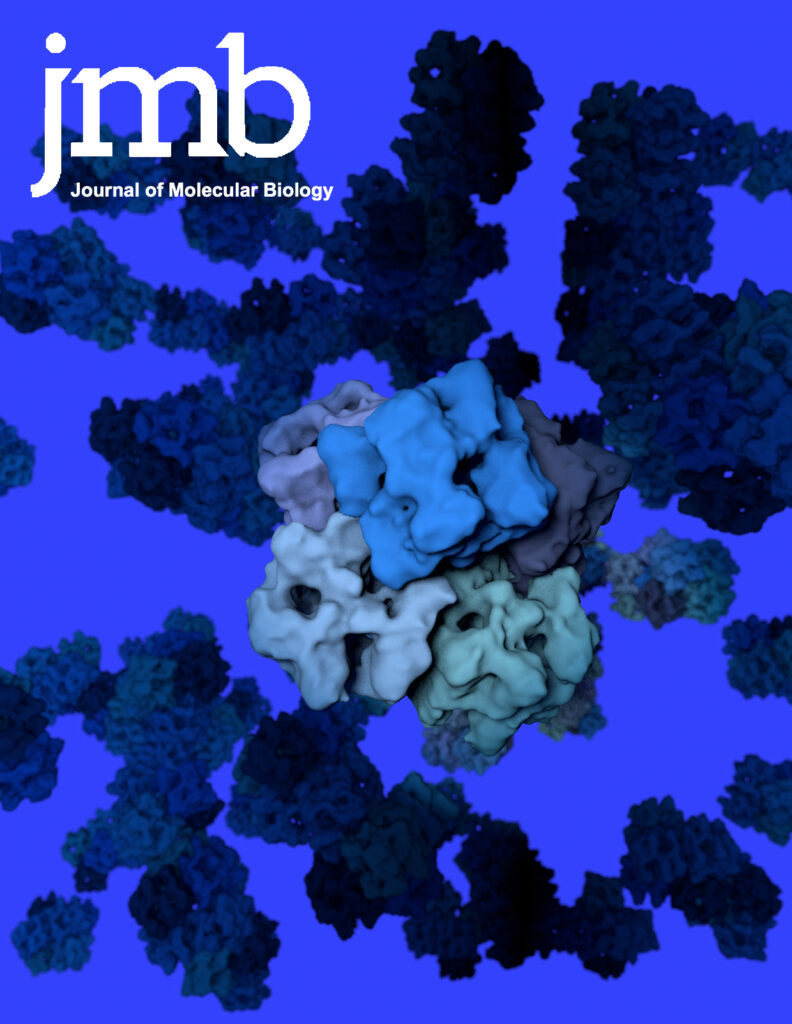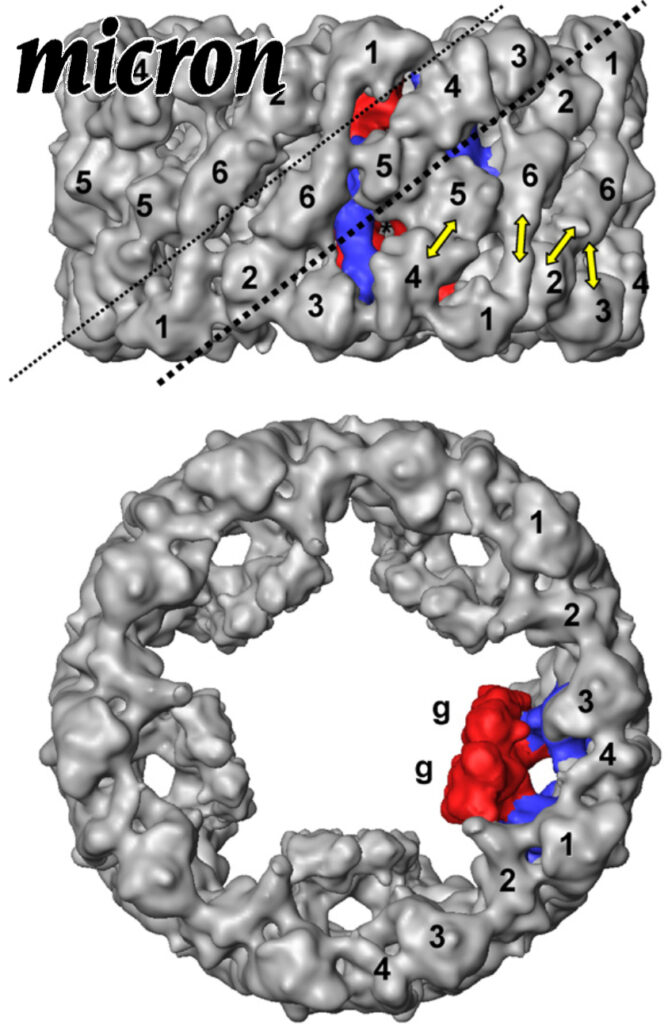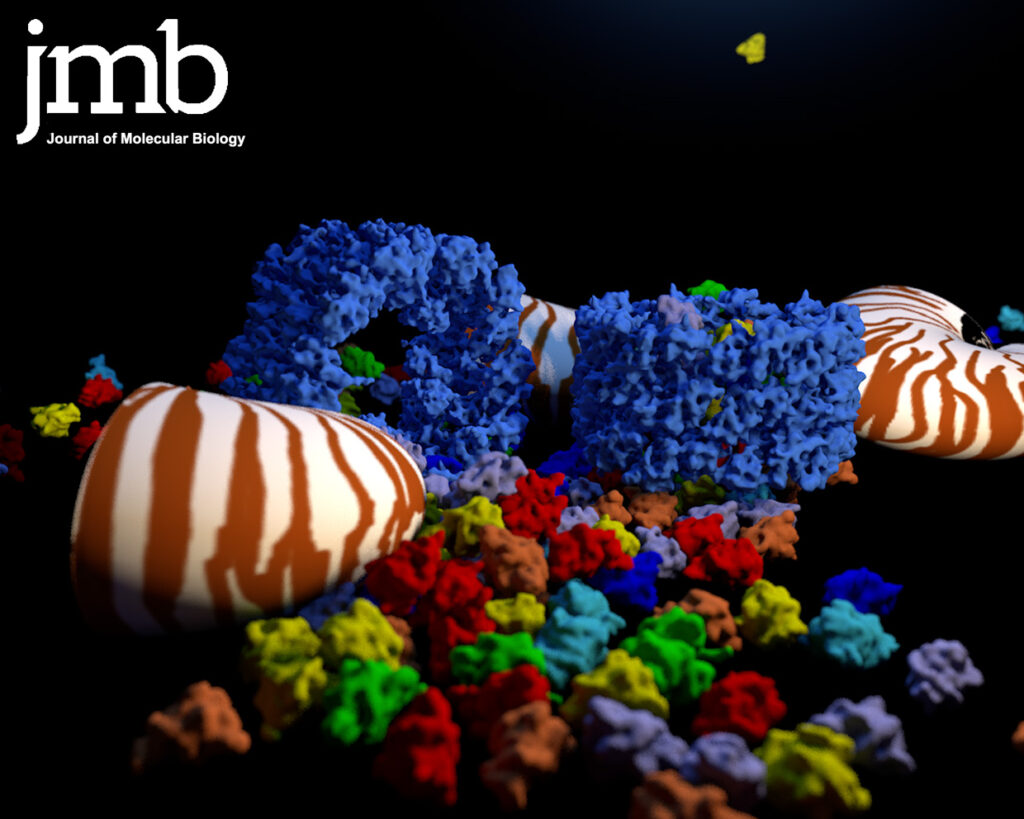Recombinant functional multidomain hemoglobin from the gastropod Biomphalaria glabrata.
The extracellular hemoglobin multimer of the planorbid snail Biomphalaria glabrata , intermediate host of the human parasite Schistosoma mansoni , is presumed to be a 1.44 MDa complex of six 240 kDa polypeptide subunits, arranged as three disulfide‐bridged dimers. The complete amino acid sequence of two subunit types (BgHb1 and BgHb2), and the partial sequence of a third type (BgHb3) are known.
Recombinant functional multidomain hemoglobin from the gastropod Biomphalaria glabrata. Read More »

